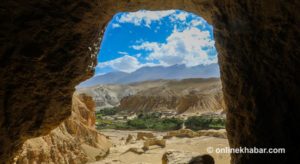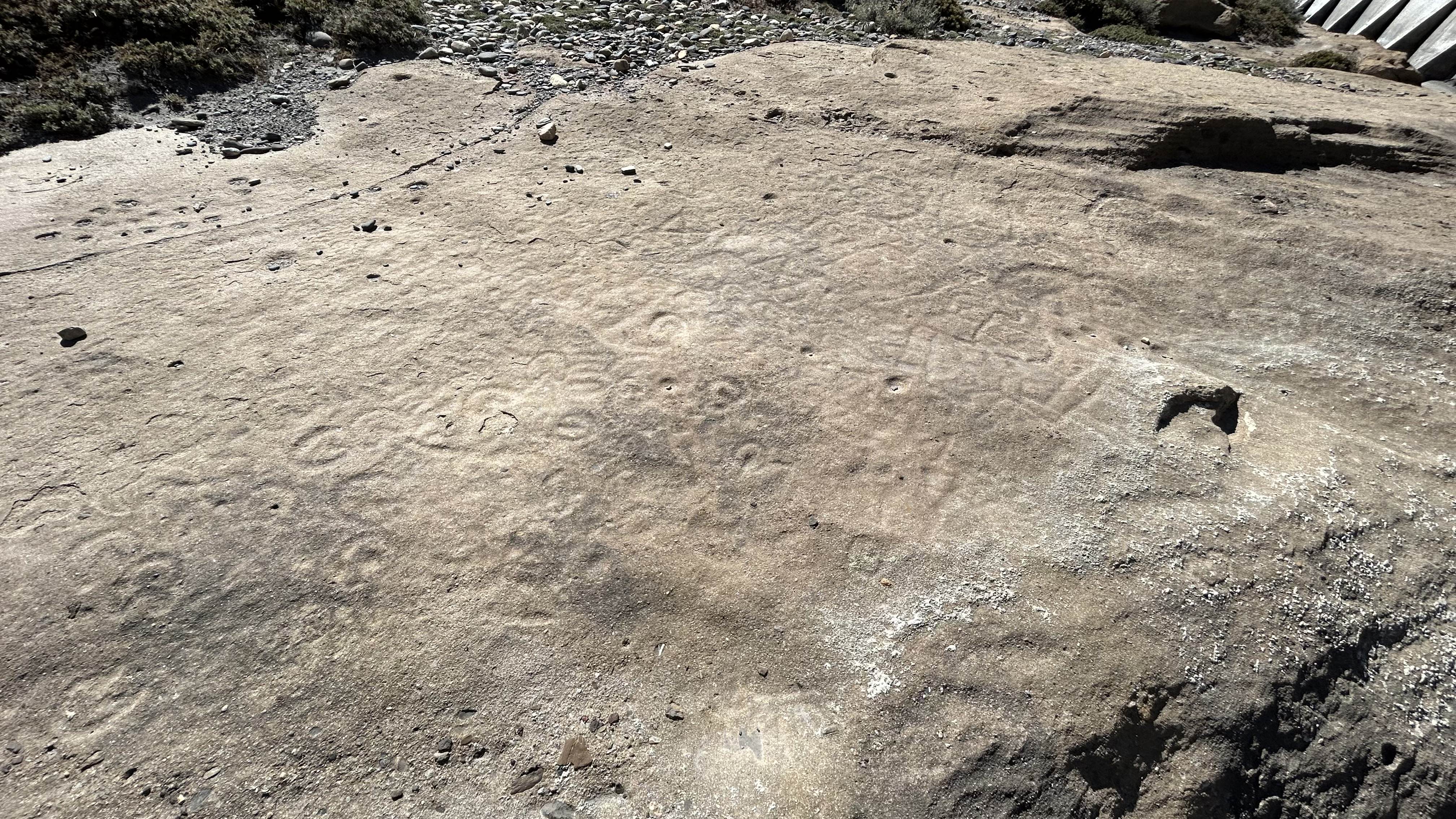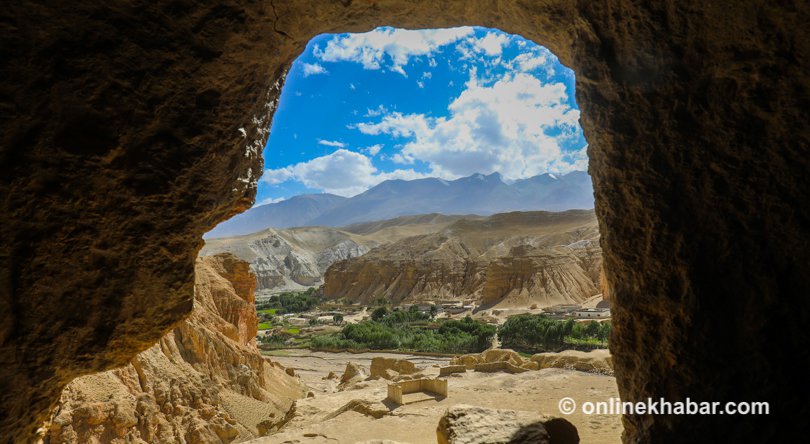
In the isolated kingdom of Lo Manthang, tucked away in Nepal’s Himalayas, ancient structures stand tall on arid lands that only allowed tourists in from the late 1990s. Amid a small settlement of Loba Buddhists whose children have now migrated out, 65-year-old Gyatso Bista is trying to preserve the ancient Tibetan medicinal system of Sowa Rigpa, also known as the science of healing.
This traditional knowledge and practice, relying on both scholarly and religious texts, has been used in highland Asian communities for more than 2,500 years. Throughout the millennia, healers gathered, observed and tested a vast array of local endemic species, varieties of plants, fungi and lichens and dozens of minerals, working them into formulas with the hope, and satisfaction, that they could treat certain physical and mental illnesses.
The right quantity of herb ingredients is the key to the medicinal formula, Bista says. Myrobalan (Terminalia chebula), baheda (Terminalia bellirica) and amala (Phyllanthus emblica), which all have a sour taste, are considered the king of herbs and are common ingredients used among hundreds. Plant and pharmacognosy studies also attest to their healing, therapeutic and cardioprotective benefits, as well as the herbal properties of other plants, fungi and minerals that healers have documented in their pharmaceutical system.
“Healers are trained to not only recognise herb potency and healing benefits but also to put together the required quantity of ingredients to develop a medicine,” Bista says.
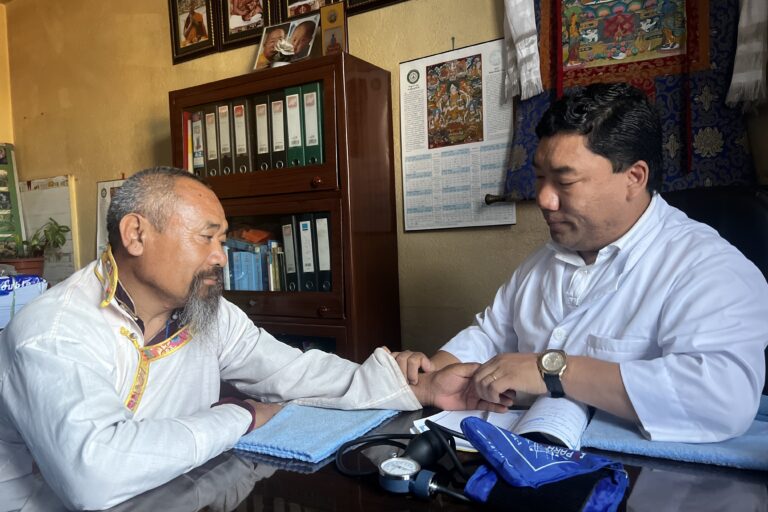
Although this knowledge dates back to before the first millennium, it is gradually disappearing in the Himalayan region of Nepal. As one of the few traditional practitioners left in Lo Manthang, Bista has witnessed this reality unfolding over the years.
Bista is an amchi, a Sowa Rigpa practitioner who nurses his patients using his ethnobotany knowledge and skill set.
“I am the fifth generation to continue this practice and I have passed over the knowledge and skills to my children. But I can’t vouch if their children would follow in their parent’s footsteps,” says Bista, who also chairs the Himalaya Amchi Association (HAA), a nonprofit organization that promotes Sowa Rigpa.
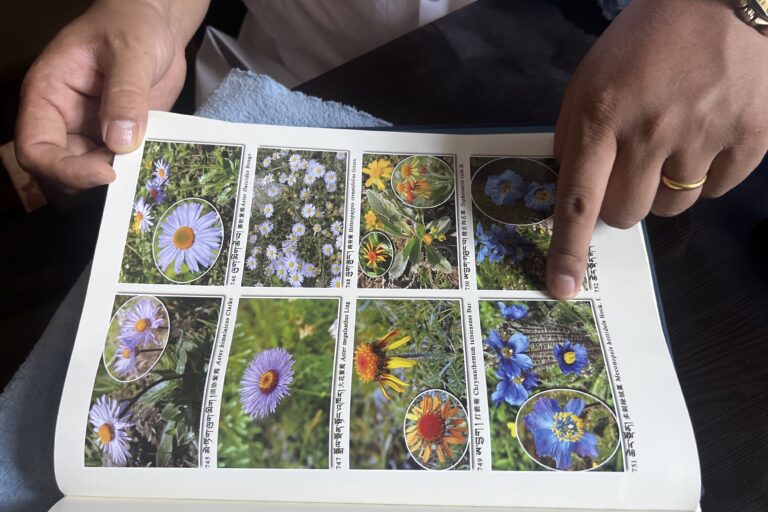
Getting the Nepali government to recognize Sowa Rigpa as an authentic medicinal practice is an ongoing project of the amchi community, which they say could help conserve their plant knowledge.
lready recognised as a medicinal practice in India, China, Bhutan and Mongolia, the amchi in Nepal say they should not be left behind. They say the recognition of Sowa Rigpa through the country’s contemporary medicinal system would not only pave the way to sustaining their livelihoods but also foster the conservation of species through science, research and the participation of young practitioners.
Trouble in the mountains
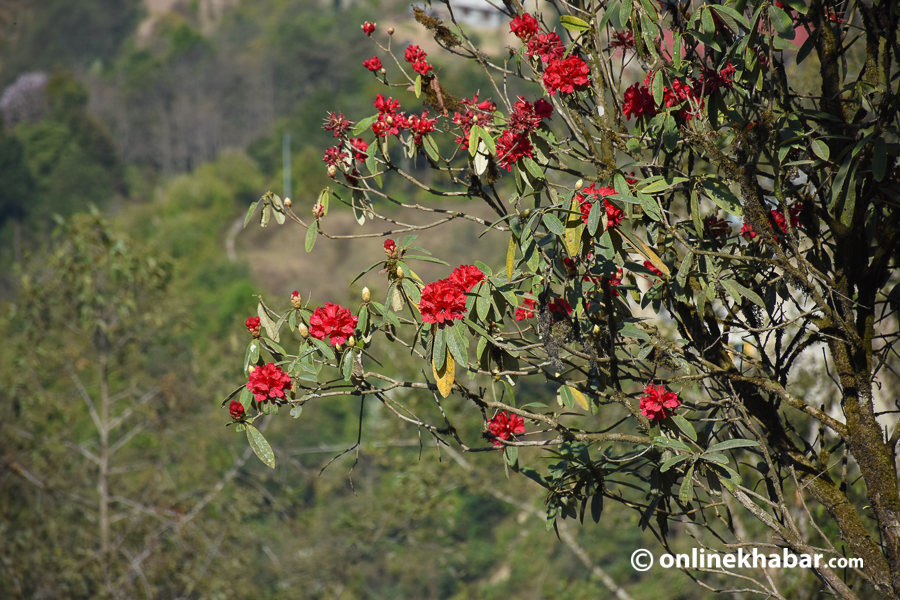
Distrust in the ethnobotanical tradition and immunity to herbal medicine are not the reasons for its gradual disappearance in Nepal’s Himalayas. Locals in Bista’s village still visit amchi as they are the only ones reliably available to cure ailments in the remote mountains.
“Medical doctors and health care centres are still not available here, but the amchi have treated people for generations,” Bista says.
A key reason for the decline in amchi practitioners, and their herbal knowledge, is that amchi today have a tough time earning a living from a service they have provided for generations. Once a practice that was paid for through bartering and whatever patients were able to provide, today it cannot cover living expenses.
The rising cost of living and the influence of Nepal’s cash-based economy in the previously isolated region have hit their occupation hard. Youths are increasingly migrating to urban areas in search of other, more profitable, work opportunities, failing to hold on to the traditional practice.
Many amchi now work in urban areas, where their practice is more likely to be seen as a service that must be paid for than as a tradition that has always been around. That gives them a better source of income and more clients, unlike their peers who practice in remote rural areas.
“If other jobs help you sustain a living, why would anyone, especially youth, be attracted to something that pays them the bare minimum?” Bista says. Linking this age-old practice with livelihoods is crucial to make it socioeconomically sustainable, he says.
The existing threats are further intensified by the increasing unavailability of medicinal herbs due to a host of environmental and socioeconomic factors.
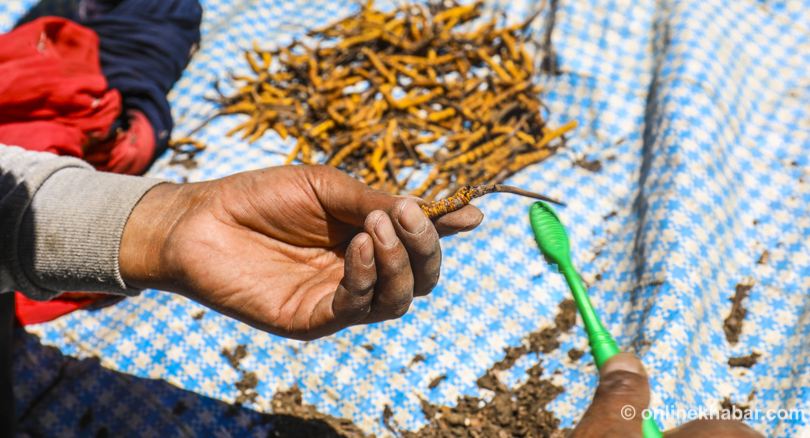
“We had sacks full of kutki” — Picrorhiza scrophulariiflora, a bitter-tasting herb that grows at elevations above 2,000 meters, or 6,600 feet — “harvested and carried on a horse when I was a kid, learning under my father,” Bista says. “It was in abundance with about 30 to 40 kilograms [77 to 88 pounds]. Now you barely find 5 kilograms [11 lbs].” The herb is used to treat fever, coughing, and liver problems.
Over the decades, locals have also observed changes in the climate, from warming winters to increased rainfall, which have interfered with the productivity of medicinal herbs.
“Many of the species grow at high altitudes, in a certain temperature, but since there are shifts in snowfall patterns over the years, this is impacting the growth [of certain species],” Bista says.
A few years ago, he says, he tried to cultivate 10 types of medicinal herbs in Lo Manthang. Only two of them were able to grow.
Typically, when plant species are used in medicinal formulas, their seeds, flowers, bark and leaves are gathered from plants growing in the wild. Most plants aren’t farmed. However, species like kutki, padamchal (Rheum australe) and jatamasi (Nardostachys jatamansi), used to treat fever, constipation, and digestive and liver problems, are vulnerable as their rootstalks are also used and rarely planted back.
Previously, when plants were collected in small, sustainable quantities as needed by local amchi, this wasn’t a problem. But as particular species like kutki and jatamasi gained popularity around the country, the increase in harvesting of wild species both domestically and abroad pushed them into scarcity.
“Overharvesting and commercialisation have impacted the Sowa Rigpa practice, especially in urban areas, which has led to rising costs and substandard quality of raw ingredients in urban markets, further challenging the reputation of the traditional medicine,” says Sienna Craig, a professor specialising in Himalayan cultures at Dartmouth College in the U.S.
This is where the importance of traditional knowledge of medicinal herbs comes into play, says Tenjing Dharke Gurung, an amchi from the Upper Mustang region who currently practices in Kathmandu. Fake or inferior products are often passed off as quality medicinal herbs, but an amchi can tell the difference fairly well, he says. For instance, the quality of many herbs depends on the climate and temperature they’re grown under, so although they might appear similar on the surface, the quality is different.
Legal recognition for a traditional practice
Gurung is also the founder of the Sowa Rigpa International College, affiliated with Lumbini Buddhist University in the Lumbini region, the fabled birthplace of the Buddha. His school is the only one that equips graduates with formal education on Sowa Rigpa. Fifty-two students have graduated from the college since the inception of the degree program in 2016.
“This has marked one of the major attempts to revive our traditional knowledge and pass it on to the next generation,” Gurung says. “As a part of the course, students are taken for field trips in the Himalayas to document and strengthen their knowledge of plant species.”
Although the curriculum has been recognised by the government, the graduates cannot qualify for an official medical license from the Nepal Health Professional Council. The council, in turn, will only issue a license once it has approval from the government’s Medical Education Commission, according to Meghnath Sharma, the commission’s undersecretary.
“Since the commission was recently formed, a few institutions that existed previously could not meet the criteria that are newly set,” Sharma says. “The council has currently halted giving out the license due to the lack of procedural coordination among the Medical Education Commission and the [college].”
Because Sowa Rigpa originates from the Himalayas and is a traditional medicinal practice, it wasn’t previously required for practitioners to have an academic background in science, given the lack of access and remote geography they often faced. However, today, it is mandatory to have a two-year high school degree in science and a five-year academic medicine degree to meet the new criteria, which prevents the Sowa Rigpa graduates who have not yet received this education from obtaining an official license.
The HAA and the Sowa Rigpa Association are trying to convene a meeting in a few months between the college and the Medical Education Commission to reach a final agreement on the criteria and the next steps for graduates to fulfil the requirements.
Under the Sowa Rigpa Association, there are currently 170 amchi, most of them traditional practitioners like Bista. The association says official recognition of Sowa Rigpa and the provision of licenses at local levels could link traditional medicinal practice with a stable source of income and livelihood.
“This is important because a lot of patients visit my medical centre in Kathmandu for traditional medicines, and having this practice regulated and amchi licensed means the reputation of this practice is further maintained,” Gurung says.
Conserving endangered medical ingredients
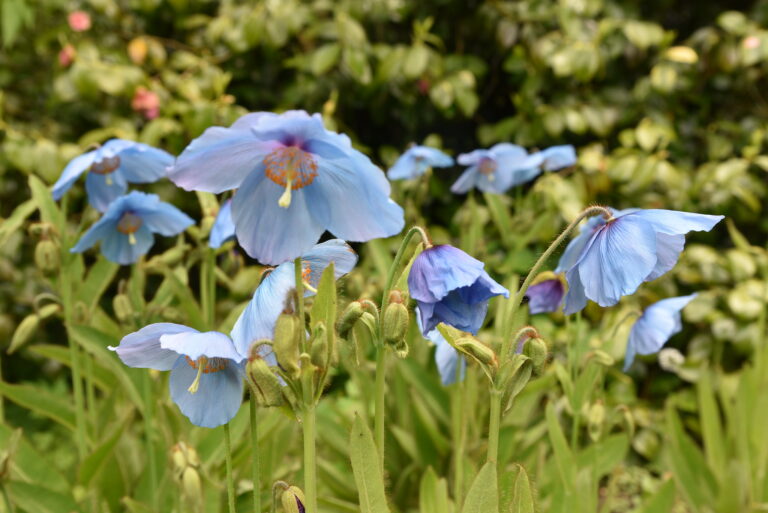
To further protect the traditional knowledge, the Himalayan Amchi Association is also working with the Department of Botany, Tribhuvan University, WWF Nepal and local communities to conserve endangered plant and animal species used in medicinal formulas. The collaboration focuses on researching potential substitutes for threatened species.
In addition to lab work that compares species’ properties, they’re surveying amchi in the Himalayan regions of Dolpa and Mustang and in Kathmandu to understand their pattern of use of different ingredients, whether plant-, animal- or mineral-based.
“With the potential of substitution, the genetic property and diversity of the medicinal species could be conserved which also helps the preservation of traditional knowledge under the guardianship of traditional amchi practitioners,” says ethnobotanist Ram Prasad Chaudhary, who isn’t involved in the collaboration.
So far, HAA member practitioners and researchers have identified more than 200 different products derived from plants (92 species and varieties), animals (four domesticated species and one wild), and minerals (nine different types) as substitutes for rare and threatened species and for species not available locally, according to a 2022 report co-authored by WWF Nepal.
“Given the micro-climate shift of medicinal plants, possibilities are higher that the impacts could be observed in many other species making it more threatened,” says Craig, the Dartmouth professor and a co-author of the report.
In 2020, caterpillar fungus (Ophiocordyceps sinensis) was classified as a vulnerable species by the IUCN, the global wildlife conservation authority, prompting calls for the use of alternatives to the herb. Caterpillar fungus is used to increase energy levels and decrease fatigue, but its major commercial use is as an aphrodisiac; in the West, it is marketed as “Himalayan Viagra.”
Based on research with amchi, it appears that caterpillar fungus and other medicinal herbs like lug mnye dmar po (Maianthemum purpureum), ra mnye (Polygonatum cirrhifolium) and ra myne rgod pa (Polygonatum verticillatum) share several properties in common and could be alternatives for one another. Amchi have also identified substitutes for a ga ru nag po (Aquilaria malaccensis) and gu gul (Commiphora wightii), which are the critically endangered species used to make incense. The heartwood of lha shug (Juniperus indica), which is also used for incense, could be a substitute for A. malaccensis.
But medicinal herbs such as utpal nhon po (Meconopsis grandis) and bong dkar (Aconitum naviculare) among many other species are gradually on the verge of extinction for which viable substitutes are still not known, says Gurung, the Kathmandu amchi.
Amchi is also substituting rare animal-based substances, especially those from abroad, with minerals and ingredients derived from locally available plants, fungi and domesticated animals. The item for which the surveyed amchi cited the most substitutes available is elephant bezoar, a stony concretion mainly derived from the animal’s liver and bile. Another is the musk pod from the scent glands of the male musk deer, for which the amchi named four plant substitutes.
“The medicine to both physical and mental healing are deposited in the richness and diversity of both plants and animal species,” says WWF Nepal country representative Ghana Shyam Gurung. “And so long [as] we want to preserve this healing process, it’s crucial that we also find means and alternatives to conserve them.”
This story first appeared on Mongabay and Onlinekhabar is republishing it under a Creative Commons licence.






